
SpeedSF Blog
Every Build Has a Story – Meet the Cars of SpeedSF

Matt’s E36 M3: No More Tears
When the costs of his supercharged E46 M3 started getting to him, Matt decided to try something less likely to heatsoak.
Now pushing 250,000 miles without an issue, Matt’s budget replacement has fulfilled its intention.

Tom Tang’s M3: Race to the Clouds
From humble motorsports photographer to local racing celeb, Tom Tang has learned a great deal over his three decades in the biz. He’s put that knowledge into building this monster E46 M3 now making waves at Pikes Peak International Hillclimb.

Connor’s E36: Standing on Solid Ground
After transitioning into HPDE from autocross, Connor Lydon recognized how taking the next step into time trials would be made easier by starting with a sorted car.
This IP-winning E36 M3 came to Connor already proven, and with a little massaging as well as a few chassis mods, it’s been able to set remarkable times with a modest amount of power.
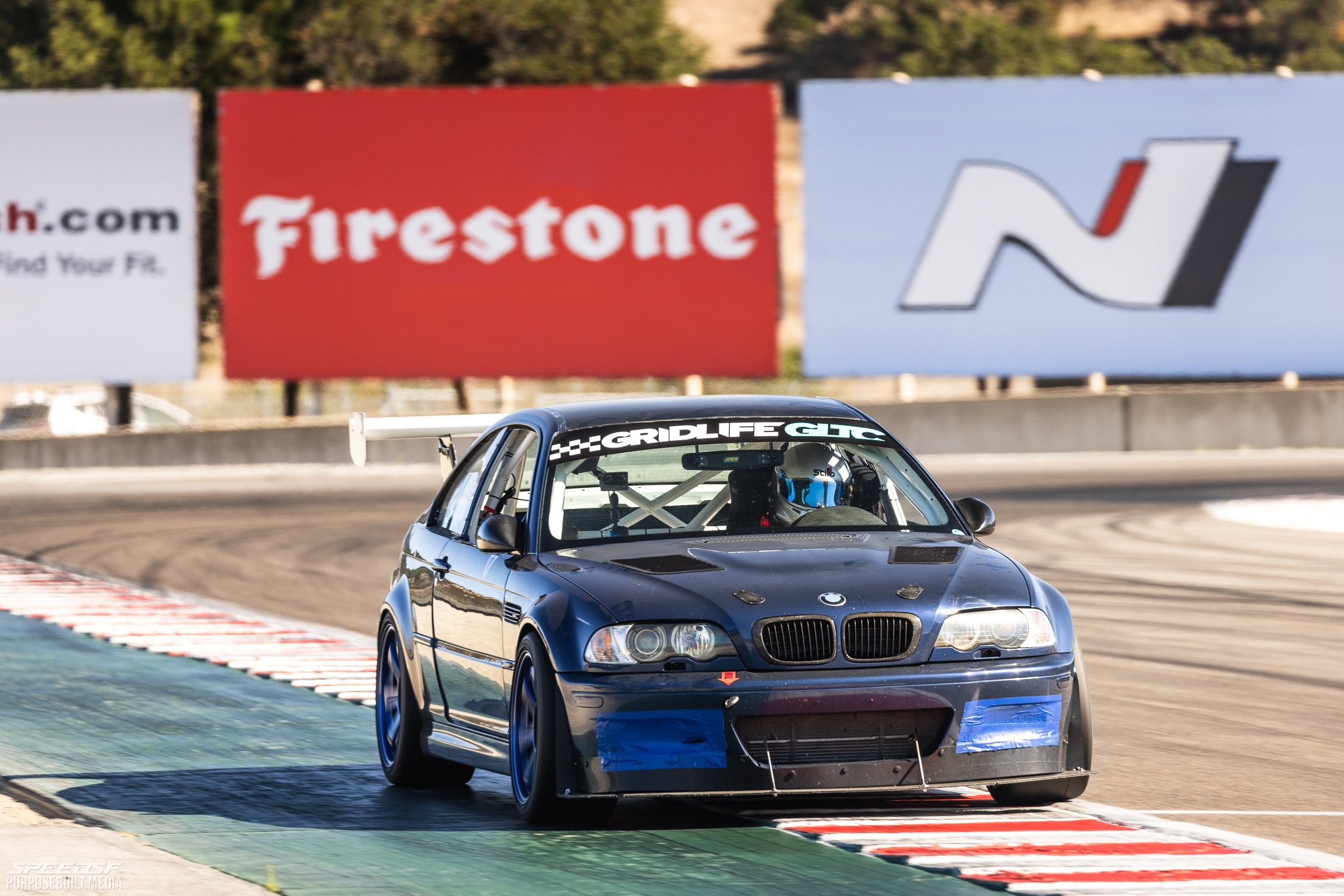
Abdul’s E46 M3: Checking All Boxes
It didn’t take Abdul long to realize that seat time was all-important, so he made a point to avoid the typical impediments to his progress. Then he bought a versatile M3, had the right guys set it up, and put in his time learning his craft.

Chris’ Evora: Penny-Pinching Pays Off
After a frustrated spell with a supercharged E92 M3 that could never quite put the power down, Chris Mayfield picked up a mid-engined sports car with a higher performance ceiling.
He found the Evora fun and competent in stock trim, and with full aero from Zebulon, it became a record setter.
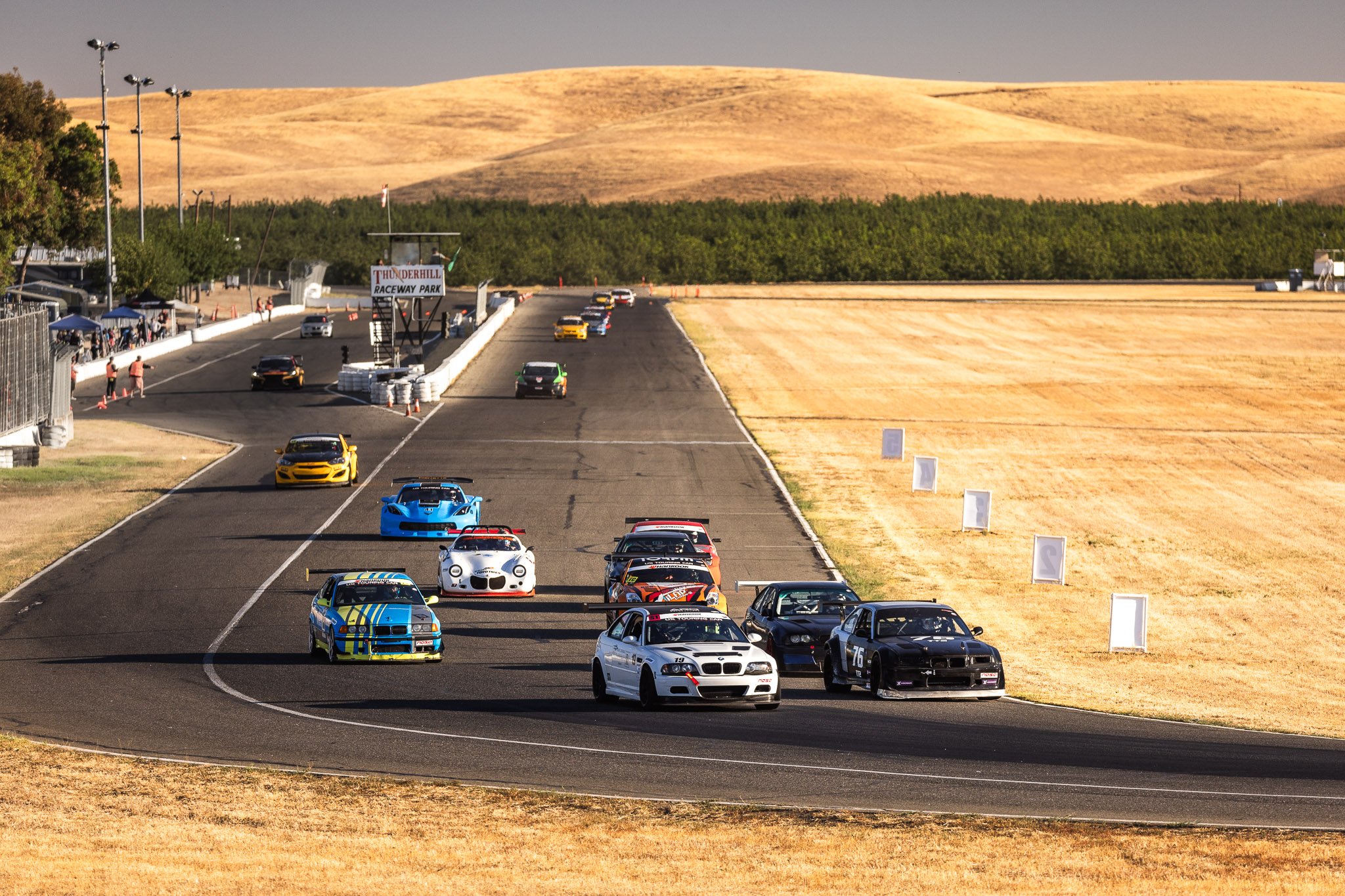
Speed SF’s First Enduro Goes Off Without a Hitch
We've had our own enduro in the works for a while now, and it turns out our planning paid off. This month, we successfully completed our first 2.5-hour race and established a new race format for those looking to make the leap into wheel-to-wheel.

CSG Brake Pads: Details Make the Difference
Thanks to a detailed feedback loop between CounterSpace Garage and their wide array of active customers, they've been able to provide a usable, confidence-inspiring brake pad for every popular HPDE platform today.

Forced Induction For Track Work: Supercharging Two Popular Platforms
The S2000 and E46 M3 have weight and nimbleness going for them. Do they need more power?
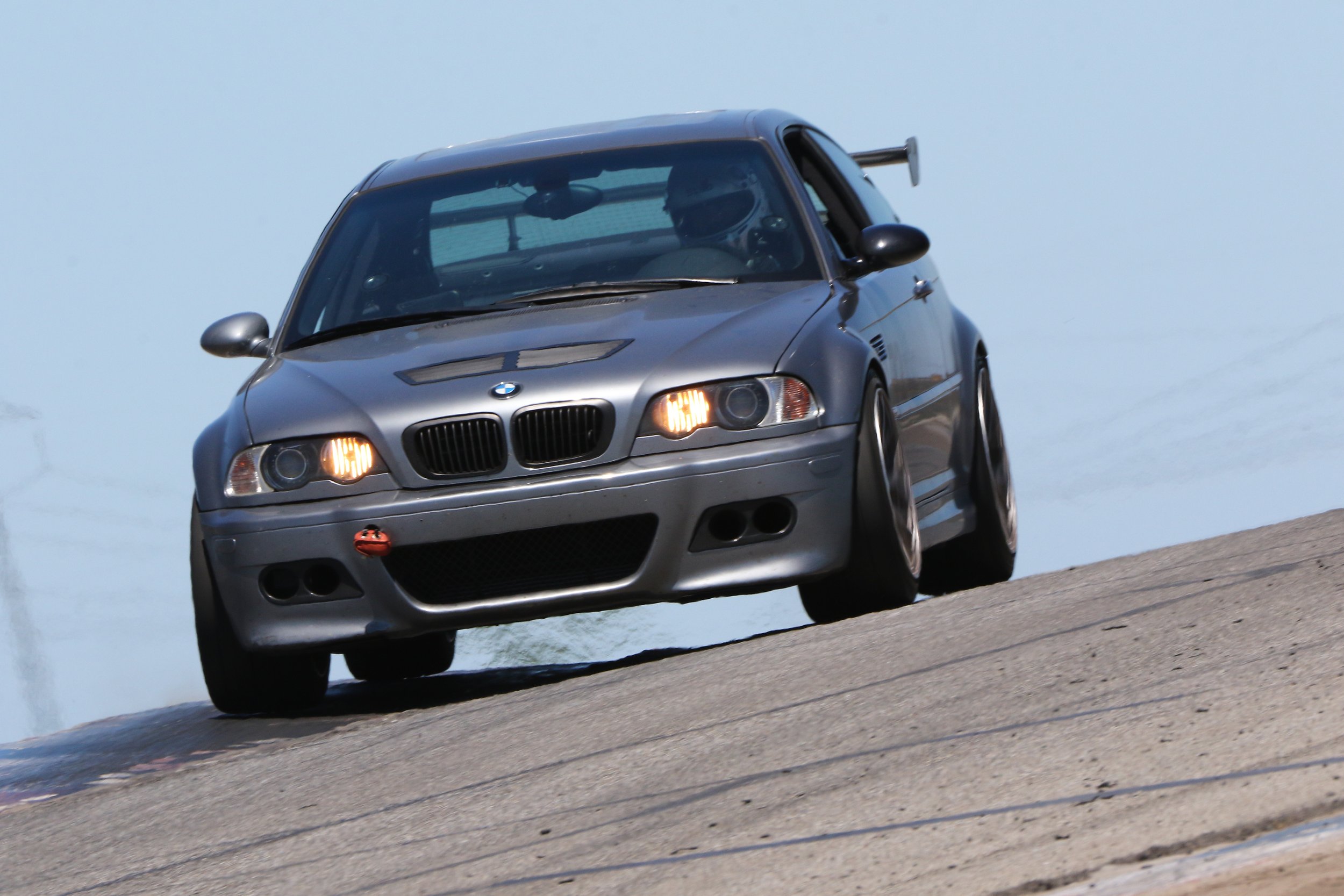
Joe’s M3: Proving His Potential
Joe McGuigan was committed to paving his own path and suffering the setbacks which come with developing unloved cars, but eventually he had to capitulate and try one of the best developed cars around.
He hasn’t regretted joining the E46 tribe.

Richard’s MR2 Turbo: Not Too Pretty To Pirouette
Although Richard already had an E92 M3, he decided to spruce up his mid-ship sports car and spin his way into driving competence.
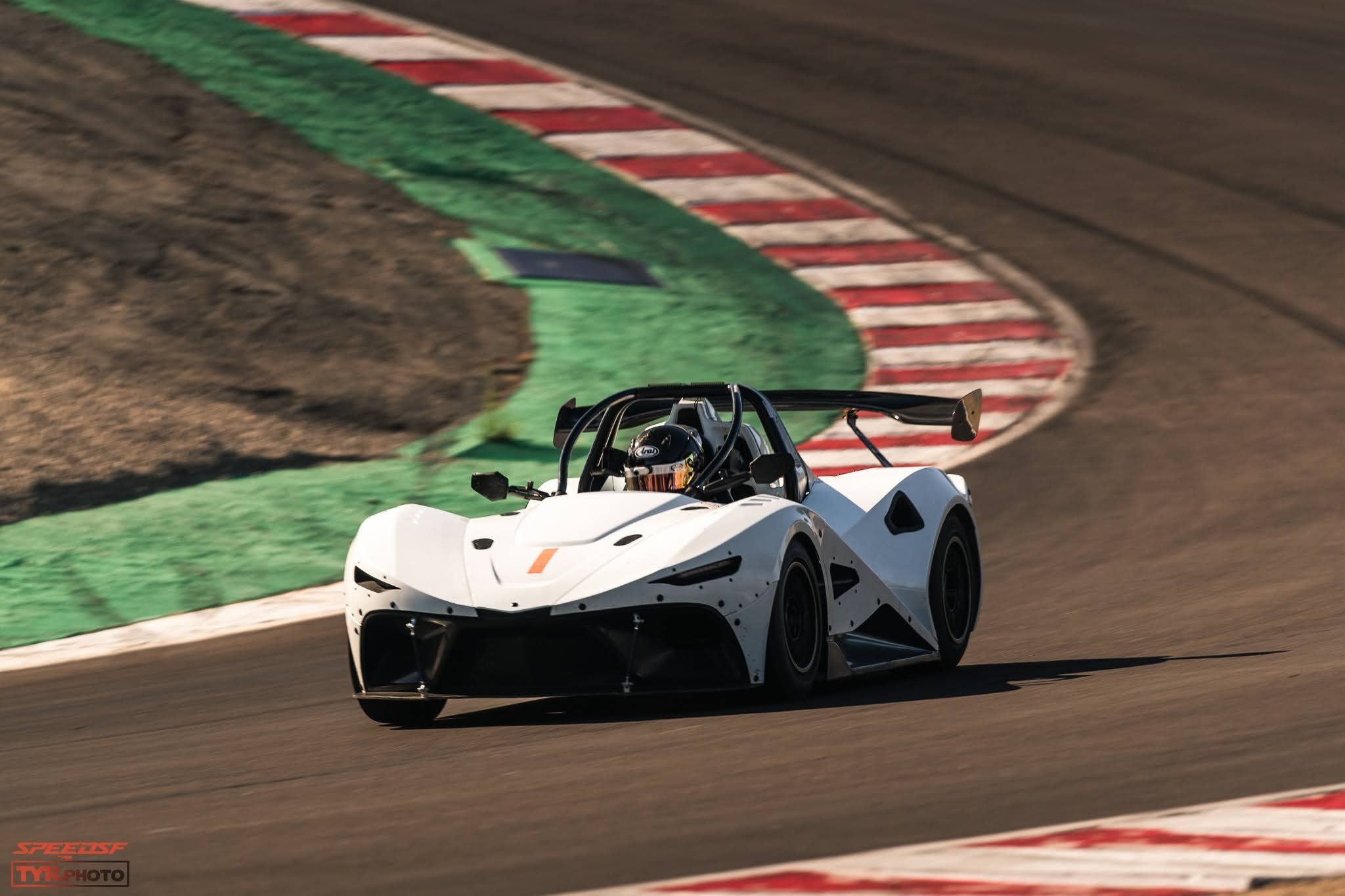
Alex's RUSH SR: Turning The Page
A formative karting experience stayed with Alex through his early trackday afternoons, and after growing tired of his heavyset GT car, he decided to go and buy something lighter, purer, and much more exhilarating.

Blake's M4: Friendly Firepower
While the F82 still lacks the tuning support some of its predecessors enjoy, the long-wheelbase platform has served Blake Titus as he’s learned the basics of track driving. A satisfying platform that’s “always on the verge of killing you,” as he puts it.
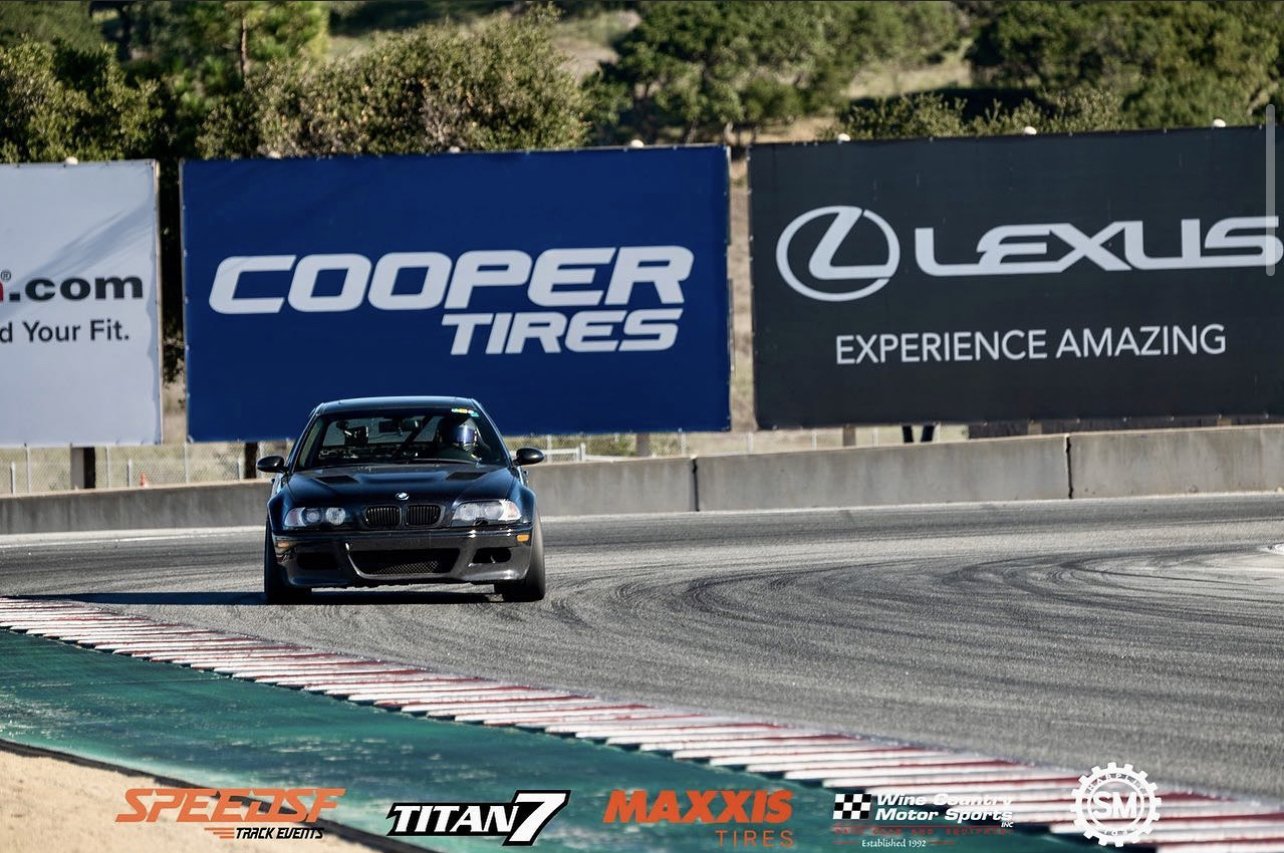
Edson's E46: Quarter-Million and Counting
It may have 250+ on the clock, but this rough M3 has been Edson’s trusty track toy for the last year and a half, and he doesn’t plan on changing anything soon—it’s too fun and dependable to need anything.

Speed SF Challenge Laguna Seca: New Surface, New Records
New pavement and stellar weather meant our fastest drivers pushed harder than ever before at our latest Speed SF Challenge event.

Dustin's Supercharged M3: A Lesson in Applied Economics
With a full plate and a desperate need to go fast, Dustin managed to keep his head, get the right car, get the right coaching, make the right upgrades, and put prove just how quickly he could develop the established E46 into a 500-horsepower time attack machine.

Peter Phung's Widebody M3: Wide and Wonderful
Designed to be seriously quick and sexy, Peter Phung put a lot of blood, sweat, and tears into building this no-stone-unturned E46. With 360 horsepower, amazing livery, and a GTR-inspired fiberglass bodykit, it’s a step above your typical M3 track toy.

Jeff Tam's E46 M3: Never Compromise Too Much
Frustrated by the wheelhop of his VW GTI, Jeff decided to pick up a rear-wheel drive. Split between an S2000 and the C6 Z06, he pondered the right course of action before settling on the middle path. His E46 M3 received its fair share of suspension modifications off the bat, and now its handling matches its playfulness.

Dan Avon's E46 M3: A Study in Taking Things Slowly
Done slowly, done carefully, done right. Dan Avon’s showed us how to take a mild M3 and make it far more than the sum of its parts.
